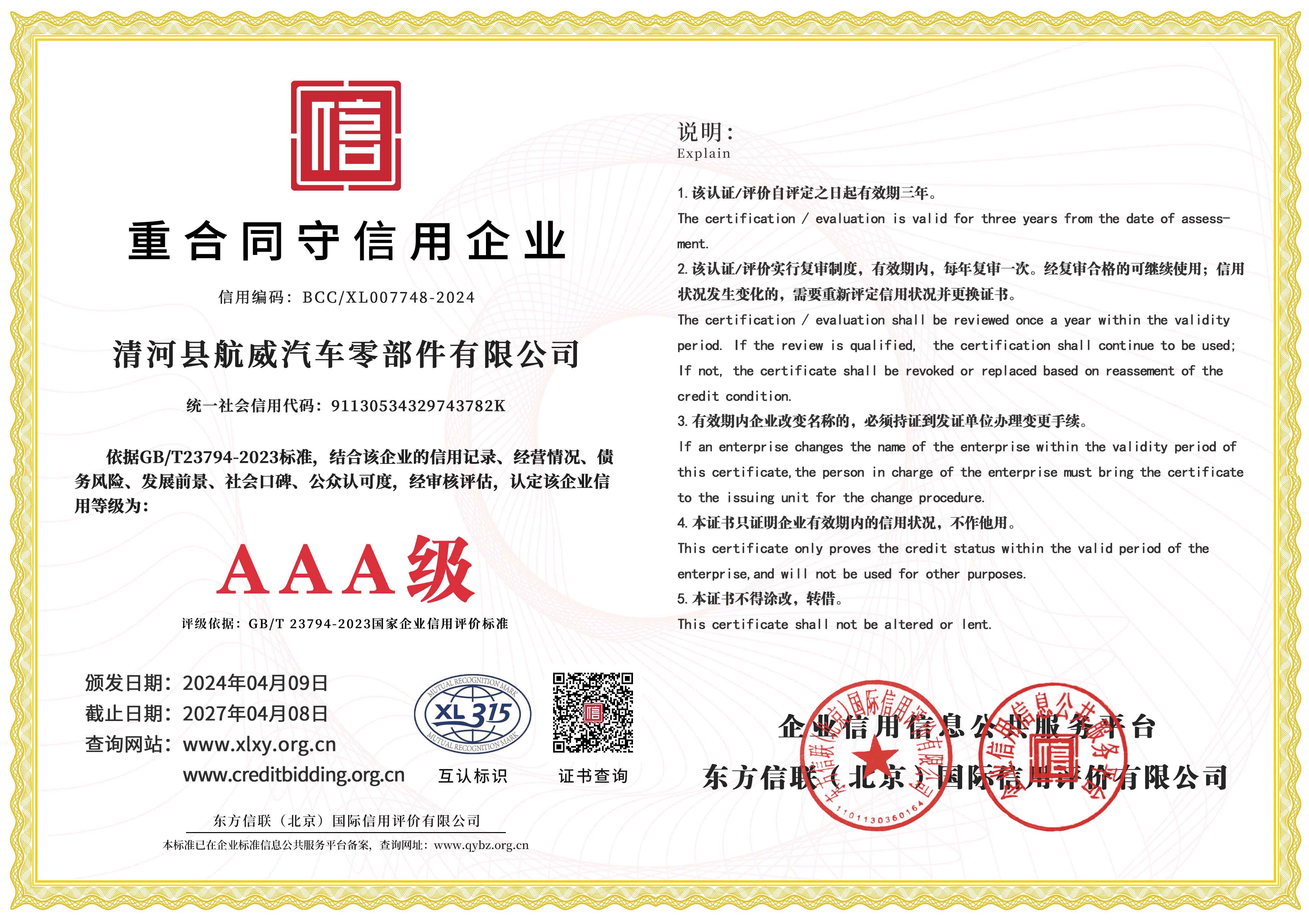gear cable
Understanding Gear Cables The Unsung Heroes of Bicycle Performance
When it comes to cycling, enthusiasts often fixate on high-end components, sleek frames, and the latest technologies. However, an essential yet often overlooked component plays a crucial role in bicycle performance the gear cable. Gear cables are fundamental to the smooth functioning of a bike’s transmission system, enabling seamless gear shifts that can significantly affect a cyclist's experience. This article aims to shed light on the importance of gear cables, how they work, and maintenance tips to ensure optimal performance.
What are Gear Cables?
Gear cables are thin, flexible wires typically made of stainless steel or other durable materials, encased in a protective sheath. They connect the shifters—located on the handlebars—to the derailleur, which adjusts the chain's position on the cassette or chainrings. When you shift gears, the shifter pulls or releases the gear cable, prompting the derailleur to move the chain smoothly between different gears. The efficiency of this process is critical, as it can affect acceleration, hill climbing, and overall ride comfort.
How Do Gear Cables Work?
The fundamental operation of gear cables involves tension and friction. When you shift, the shifter applies force to the cable, which translates to movement in the derailleur. The tighter the cable is, the more precise and responsive the gear change will be. Conversely, any slack or fraying in the cable can lead to delayed or inaccurate shifts, causing frustration for the rider. The cable’s outer sheath is equally important, as it protects the inner wire from dirt, moisture, and damage, while also allowing for smooth movement through the shifter and derailleur.
Types of Gear Cables
There are various types of gear cables designed for different biking disciplines. For instance, road bikes typically use lighter, more aerodynamic cables, while mountain bikes may require sturdier cables to withstand rough terrains. Additionally, some modern bikes utilize electronic shifting systems, which involve cables but also incorporate sensors and batteries for automated gear changes. Understanding the type of gear cable suited for your bike is crucial for maintaining optimal performance.
gear cable

Signs Your Gear Cables Need Attention
Fortunately, recognizing when gear cables require maintenance or replacement is relatively straightforward. Common signs include
1. Slipping Gears If the chain fails to stay in gear, it may indicate that the cable is either too loose or frayed. 2. Difficulty Shifting Hesitation or a gritty feeling when shifting can signal that the cable is dirty or worn. 3. Excessive Noise A loud or clunky sound during gear changes often suggests that the cable is in need of lubrication or replacement. 4. Visible Wear and Tear Regularly inspect the cables for signs of rust, fraying, or damage, as these can all affect performance.
Maintenance Tips
To prolong the life of your gear cables and ensure smooth shifting, regular maintenance is essential. Here are some tips to keep in mind
- Clean the Cables Dirt and grime can impede the smooth functioning of gear cables. Use a damp cloth to wipe down the cables and their housing regularly. - Lubricate A light application of lubricant can help reduce friction and wear, but be cautious not to over-lubricate as this may attract dirt. - Inspect Regularly Make it a habit to check the condition of your cables during routine maintenance sessions. Look for signs of wear, rust, or fraying. - Replace When Necessary If you notice any significant damage, replace the cables promptly to avoid compromising your bike’s performance.
Conclusion
In the grand scheme of cycling gear, gear cables may not receive the spotlight they deserve, yet their role is undeniably vital. A well-functioning gear cable ensures smooth transitions between gears, allowing cyclists to ride efficiently and enjoyably. By understanding how gear cables work and prioritizing their maintenance, cyclists can enhance their riding experience and extend the lifespan of their bicycle components. In the world of cycling, every detail counts, and gear cables are a perfect example of the small yet significant components that make a big difference. Whether you’re a casual rider or a competitive cyclist, keeping your gear cables in top shape can lead to more enjoyable rides and better performance on the road or trails.
-
Upgrade Your Control with Premium Throttle CablesNewsAug.08,2025
-
Stay in Control with Premium Hand Brake CablesNewsAug.08,2025
-
Experience Unmatched Performance with Our Clutch HosesNewsAug.08,2025
-
Ensure Safety and Reliability with Premium Handbrake CablesNewsAug.08,2025
-
Enhance Your Vehicle with High-Performance Clutch LinesNewsAug.08,2025
-
Elevate Your Ride with Premium Gear CablesNewsAug.08,2025
